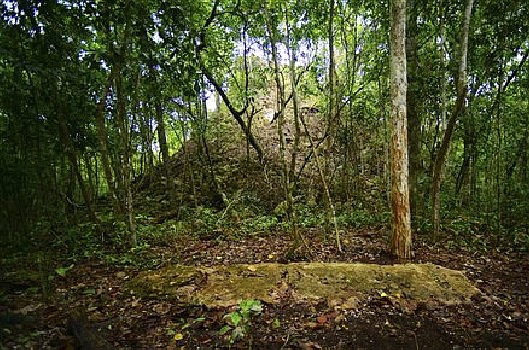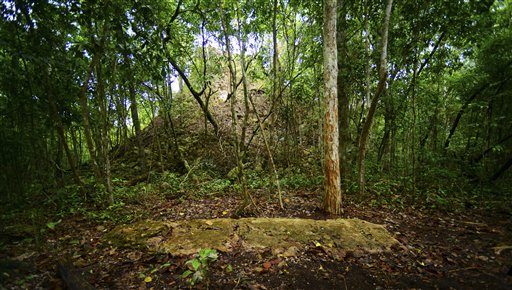Mexico: 2 recently discovered Maya cities may shed light on empire's early days
Wednesday, August 27, 2014
MEXICO CITY - Two lost Maya cities recently uncovered by an international team of scientists in Mexico could help decipher the story of the empire's early capitals to the south that were eventually abandoned for large cities on the Yucatan peninsula.
Both discoveries are in the southeastern part of the Gulf state of Campeche on the Yucatan peninsula.
The first site, known as Tamchen, features plazas, palatial buildings and a 45-foot-tall (15-meter-tall) pyramid. Its name means "deep well," and comes from a collection of underground water tanks.
The second, Lagunita, was discovered 40 years ago by American researcher Eric von Euw. His sketches of various monuments, including a facade resembling the jaws of a reptile, were never published, and the location of the site was lost. Scientists used his drawings and photographs to relocate the ruins.
"It's amazing that we're still discovering new sites," said Lisa Lucero, a University of Illinois anthropologist, noting that the cities are located in an area once considered a buffer or a no-man's land. "We're starting to fill in the gaps ... and they're more densely populated with centers and farmsteads than we thought."
The buildings indicated Lagunita was a place of regional importance, according to a statement by Mexico's National Institute for Anthropology and History. The discoveries will help archaeologists study the cultural and political histories of an area known as the Central Lowlands of the Maya region, now a remote part of the Calakmul Biosphere Reserve, the statement says.
Researchers have found unique characteristics in the lost cities, including the shapes of some altars and the forms of hieroglyphics.
Lucero said the new findings could better connect the Maya centers of the south, such as Palenque in Chiapas and Tikal in Guatemala, which were abandoned, with the later northern centers such as Chichen Itza.

